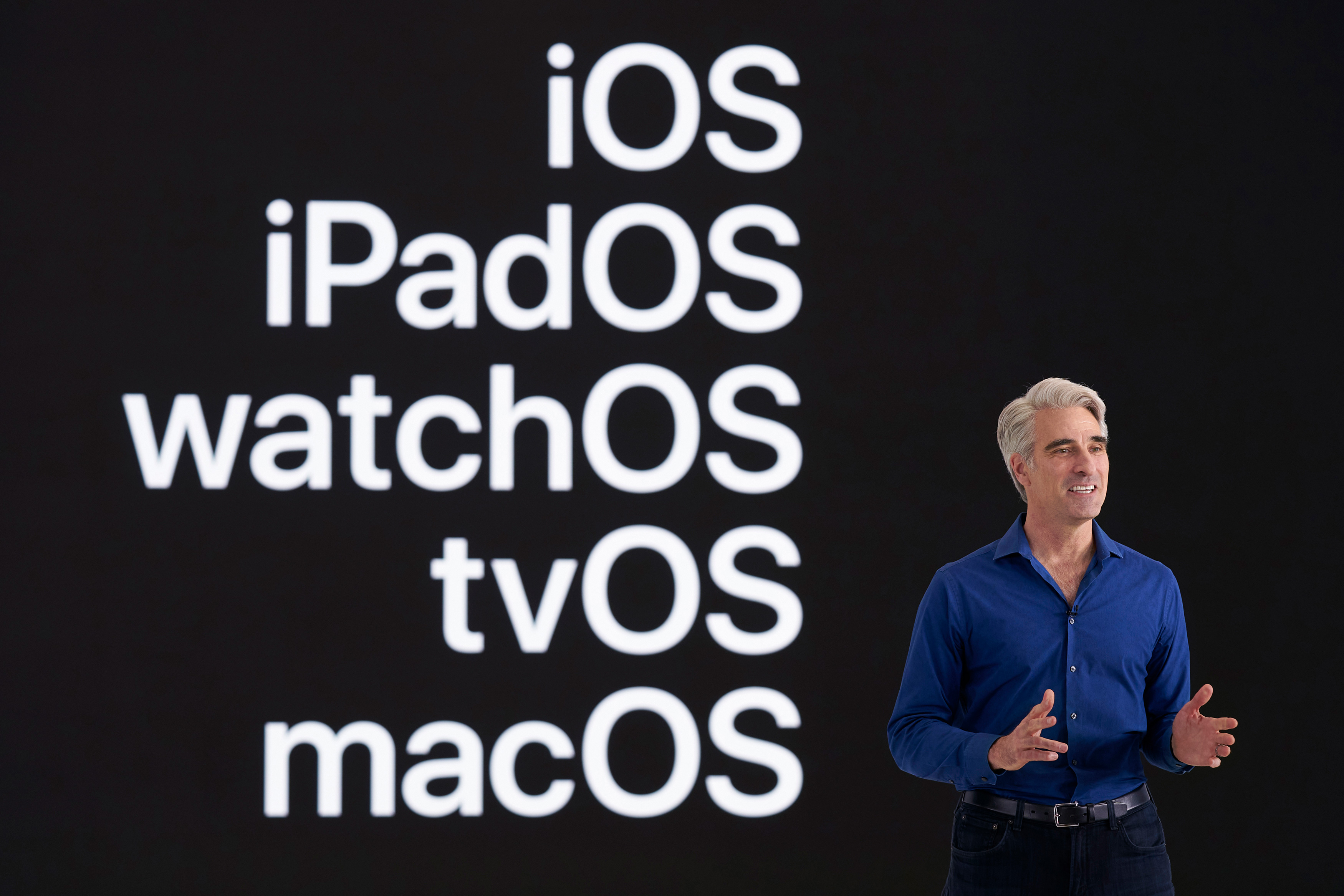Apple Silicon Macs will get a new system for accessing macOS recovery and security options at boot, according to a WWDC session called "Discover the new system architecture of Apple Silicon Macs."
Current Mac devices have a number of macOS recovery options at boot time, accessed via keyboard shortcuts. For example, Command-R starts Macs in recovery mode and Command-Option-PR resets the NVRAM. On Apple Silicon Macs, these keyboard shortcuts are replaced by an on-screen Startup Manager interface. Here's what the preview says:
Discover how Macs with Apple silicon deliver modern benefits through Apple's system-on-chip (SoC) architecture. By leveraging a unified memory architecture for CPU and GPU tasks, Mac applications will experience amazing performance benefits through frameworks tuned to Apple silicon, such as Metal and Accelerate. Learn about new features and changes to boot and security, and how they may impact your applications.
Target Disk Mode has been replaced
Thanks to the new system architecture, users can hold down the power button on their Mac to access the new home screen, which includes recovery options for reinstalling macOS, as well as options for normal boot, shutdown, and restart. Apple Silicon also replaced Target Disk Mode, which is used for data transfer between two Mac devices. In the future, this will be replaced by what is known as Mac Sharing Mode. Mac Sharing Mode turns the system into an SMB file sharing server that allows another Mac to access user data at the file level. User authentication is required to access the service. In addition, "Startup Disk" is a new feature that allows the user to select different security modes for startup volumes.
Apple Silicon Macs: More flexibility in security mode
Full Security, which is enabled by default, provides the same top-notch security as Apple's iOS devices and allows users to boot from an external hard drive without compromising the security of the system. Additionally, Reduced Security Mode offers more flexibility by allowing users to disable System Integrity Protection and run any version of macOS, including those no longer signed by Apple. It was further explained that Apple Silicon Macs run separate security policies for each operating system installation. Intel-based Macs, on the other hand, operate with a less flexible system-wide security policy. If you want to learn more about the system architecture of Apple Silicon Macs, you can find the WWDC session here. (Image: Apple)




